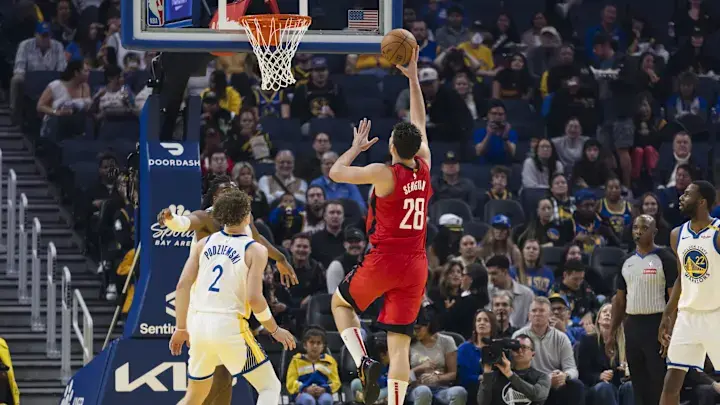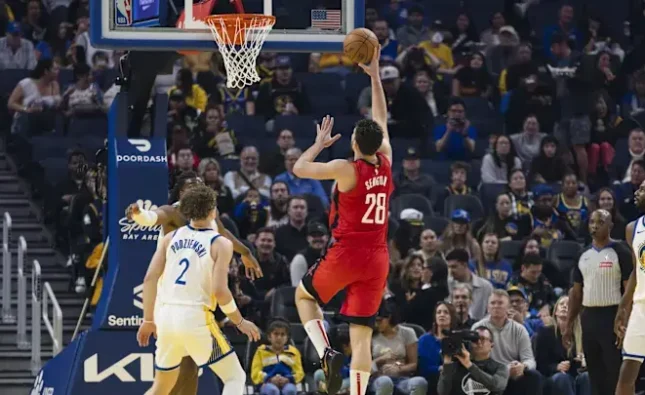
Share:
The Ultimate Fighting Championship (UFC) is the premier Mixed Martial Arts (MMA) organization globally, renowned for its thrilling bouts and talented fighters. With each UFC event, a massive amount of data is generated, providing a rich resource for statistical analysis. This data, when analyzed carefully, can offer valuable insights, including the potential to predict fight outcomes and whether a fight will end over or under a certain number of rounds.
Although predicting the result of a fight before it occurs is challenging, statistical models can be built using data from the fight itself to predict the winner and how long the fight will last. This article delves into how fight data is gathered, processed, and analyzed to create models that help in predicting these outcomes.
How Fights Conclude in MMA
MMA fights can end in several ways, with outcomes largely influenced by the skills and strategies of the fighters. A fight can finish early due to a knockout (KO) or submission, or it can go the full distance, in which case the judges decide the winner based on points. There are also rare cases where a fight is declared a “No Contest” due to accidents or rule violations.
In betting terms, “over-under” refers to wagering on whether a fight will last over or under a specified number of rounds. Most UFC fights are scheduled for either three or five rounds, and bettors can place wagers on the number of rounds before the fight ends.
Data Collection and Extraction
The data for this analysis comes primarily from the website UFC Stats, which compiles detailed statistics from each UFC event. To gather the data, Python’s Selenium library was used to scrape the website, extracting information on various aspects of the fights. The dataset includes 3,561 UFC fights, dating from UFC Fight Night: Grasso vs. Shevchenko 2
in September 2023 back to UFC 201 in July 2016.This extensive data includes all available fight statistics except for round-by-round information and a few inaccuracies in significant strike percentages. Significant strikes, for example, are rounded off, but later mathematical adjustments ensure precision. The dataset is constantly refined to improve its accuracy and usefulness for modeling.
Data Preprocessing
Before building predictive models, the data undergoes preprocessing to remove irrelevant or misleading information. For example, “total strikes” are excluded because they include strikes that are not necessarily damaging or thrown with full power. Only significant strikes, which are deemed impactful, are considered.
Fights that ended in a draw, no contest, or disqualification are also removed. These results do not provide a clear indication of who should have won, and including them could mislead the model. With these adjustments, the dataset focuses on fights with clear win-loss outcomes.
Some of the data, like strike accuracy, is presented in a format like “35 of 51” (strikes landed out of strikes attempted). This information is processed to calculate the accuracy percentage for each fighter.
To improve the models, additional metrics like submission average and takedown average are calculated. These statistics are based on the frequency with which fighters attempt certain actions, normalized by the total fight duration. Other metrics, such as control time and significant strikes per minute, are also generated to provide a more detailed view of each fighter’s performance.
Data Analysis and Model Building
With the cleaned and processed dataset, we can start analyzing the data and building predictive models. For binary classification tasks, two models were used: a Random Forest classifier and a Multilayer Perceptron (MLP), which is a type of neural network. Both models were constructed using the scikit-learn library in Python, and hyperparameters were tuned to optimize performance.
For the Random Forest model, hyperparameters like the number of decision trees and the maximum depth of those trees were adjusted. For the MLP, learning rates and hidden layer sizes were varied to find the best configuration. The goal was to maximize the accuracy of predictions in two tasks: fight result prediction (win or loss) and over-under prediction (whether the fight ended before or after 2.5 rounds).
The dataset includes data for both fighters in each bout, meaning each fighter’s attributes are paired with their opponent’s attributes. This ensures that the model does not favor one fighter over another due to the order in which they are presented.
Key Findings and Model Performance
Upon analyzing the dataset, some interesting patterns emerged. For example, Max Holloway’s fight against Calvin Kattar holds the record for the most significant strikes landed in a fight. Other statistics, such as total control time, revealed dominant wrestlers like Khabib Nurmagomedov and Sara McMann, who consistently held their opponents on the ground for long periods.
The Random Forest and MLP models were evaluated using five-fold cross-validation. For the task of predicting fight results, both models performed similarly, although Random Forest showed a slight edge. In the over-under prediction task, Random Forest outperformed MLP, especially when the number of decision trees and the maximum depth were increased.
Interestingly, MLP showed better performance for lower learning rates, but its accuracy did not improve as much with larger hidden layers. This suggests that while neural networks can be effective, they may require careful tuning and additional computational resources to reach their full potential.















